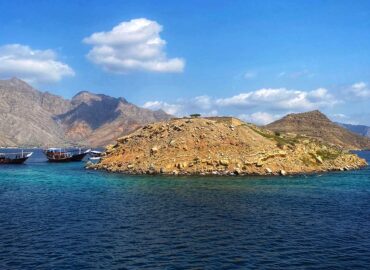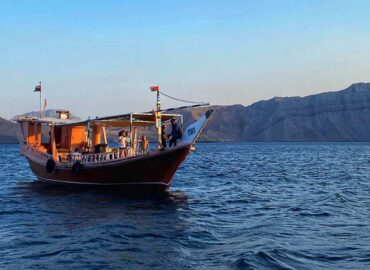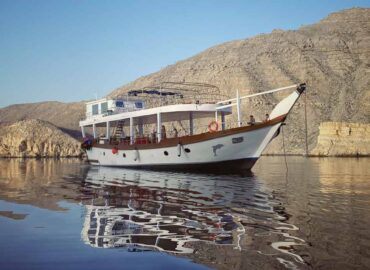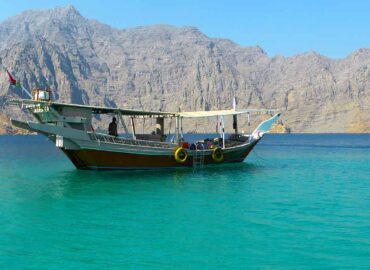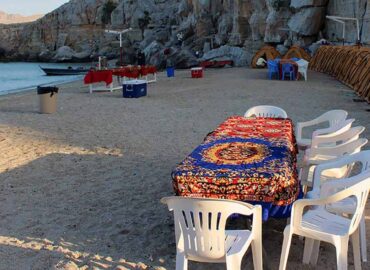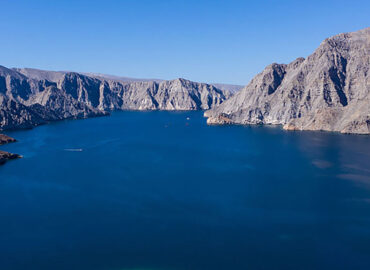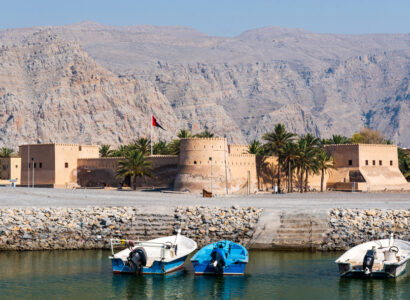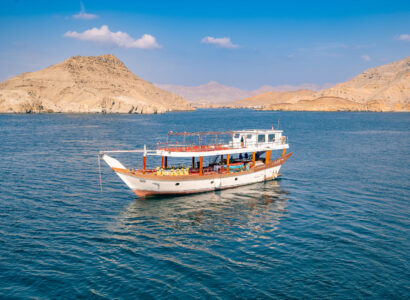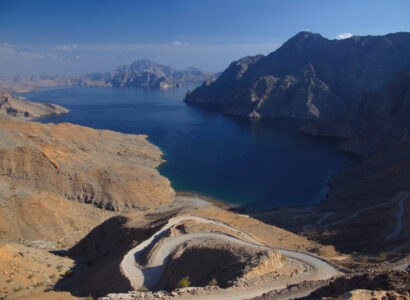Arabian Peninsula: Geography, History, Culture, and More
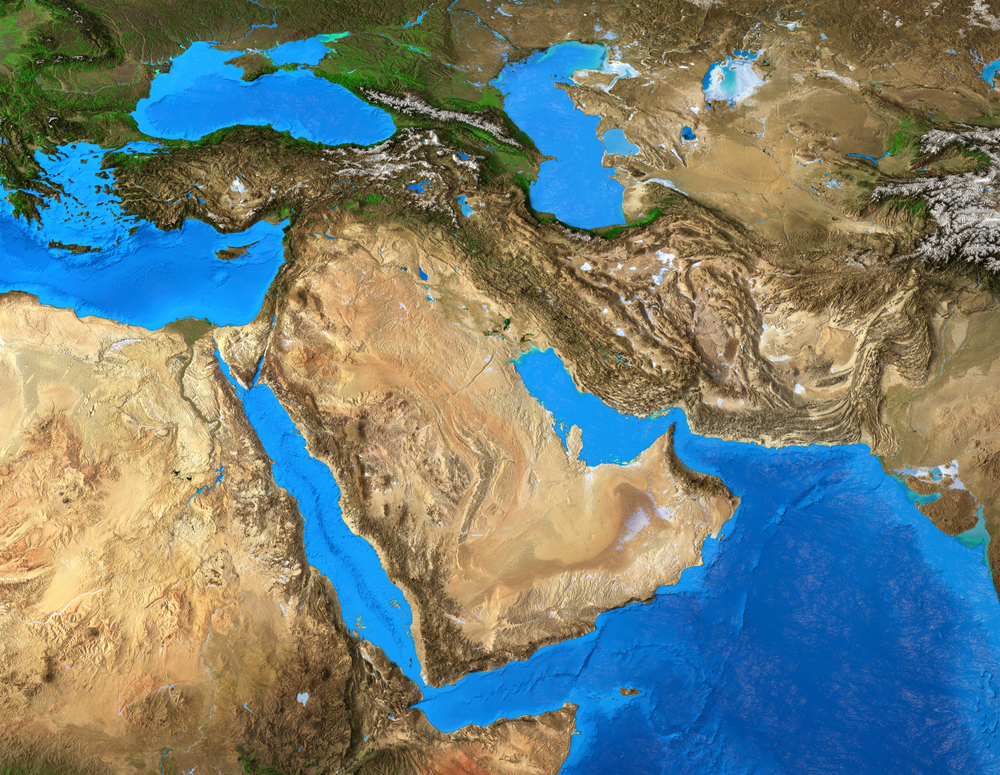
The Arabian Peninsula, often referred to as Arabia, is the world’s largest peninsula, covering approximately 3,237,500 square kilometers (1,250,000 square miles). It is located in West Asia and is bordered by significant waterways, including the Red Sea, the Arabian Sea, and the Persian Gulf. This region has been central to global history, serving as the cradle of Arab civilization and the birthplace of Islam. Rich in natural resources and cultural heritage, the Arabian Peninsula has played a critical role in shaping geopolitical, economic, and cultural developments worldwide.
The Arabian Peninsula’s landscape is dominated by vast deserts, towering mountain ranges, and fertile oases. Its history spans prehistoric times to the rise of Islam, Ottoman rule, and the discovery of oil, which transformed the region into an economic powerhouse. The peninsula is also renowned for its cultural contributions, including its unique music, cuisine, and architectural styles, deeply rooted in Islamic traditions and Arabian heritage.
This article explores the Arabian Peninsula in depth, addressing its geography, history, culture, population, and economy through detailed queries.
What is the Arabian Peninsula?
The Arabian Peninsula is a massive landform situated on the Arabian Plate in West Asia. Bordered by Africa to the southwest, it is surrounded by the Red Sea, the Arabian Sea, and the Persian Gulf. With an area comparable to India, it is the largest peninsula in the world. Its geographical position places it at the crossroads of Europe, Asia, and Africa, making it a historically significant hub for trade, migration, and cultural exchanges.
The peninsula comprises several modern countries, including Saudi Arabia, Yemen, Oman, the United Arab Emirates (UAE), Qatar, Bahrain, and Kuwait, as well as portions of Jordan and Iraq. The largest country is Saudi Arabia, which occupies most of the central and northern parts of the peninsula.
Where is the Arabian Peninsula Located?
The Arabian Peninsula is situated in West Asia, northeast of Africa. It is bordered by the following waterways and landmasses:
- West: The Red Sea.
- Southwest: The Bab-el-Mandeb Strait and Gulf of Aden.
- Southeast: The Arabian Sea and Indian Ocean.
- Northeast: The Persian Gulf and Gulf of Oman.
- North: The Levant and Mesopotamia, transitioning into the Syrian Desert.
Geographically, the peninsula merges with the Syrian Desert in the north without a clear boundary. It slopes eastward from the Red Sea escarpment to the Persian Gulf, featuring deserts, plateaus, and valleys. Significant geographical coordinates include 24.0°N latitude and 45.0°E longitude.
What is the History of the Arabian Peninsula?
Prehistoric Era
Archaeological evidence suggests that the Arabian Peninsula was inhabited as early as 130,000 years ago. Fossilized human remains, stone tools, and other artifacts discovered in regions such as Ti’s al Ghadah and Saffaqah provide insights into early human activity. These findings indicate that the peninsula may have been a critical migration route during the Out-of-Africa dispersal of early humans.
Pre-Islamic Arabia
Before the rise of Islam, the peninsula was home to several ancient civilizations:
- Dilmun Civilization: Located in Eastern Arabia, it played a significant role in trade.
- Thamud and Nabatean Kingdoms: Known for their rock-cut architecture and inscriptions in the northwest.
- Sabaean and Himyarite Kingdoms: Flourished in South Arabia, particularly in present-day Yemen, benefiting from the lucrative incense trade.
Urban trading centers such as Mecca and Medina in the Hejaz region also emerged during this period, serving as hubs for commerce and culture.
The Rise of Islam
In the 7th century, Islam emerged in Mecca, founded by Prophet Muhammad. The religion quickly unified the Arabian tribes, leading to the establishment of a vast Islamic empire. This period saw the creation of key Islamic traditions, including the annual Hajj pilgrimage to Mecca.
Ottoman and Modern Eras
During the Ottoman Empire, the Arabian Peninsula was partially integrated into its domain, with regions like Hejaz coming under Ottoman rule. The 20th century witnessed significant developments, including:
- The Arab Revolt: Aimed at gaining independence from Ottoman control during World War I.
- Formation of Saudi Arabia: Abdulaziz Ibn Saud established the Kingdom of Saudi Arabia in 1932.
- Oil Discovery: The discovery of oil in the 1930s transformed the region economically and geopolitically.
Key Historical Eras
- Ancient Civilizations: Home to Sabaean, Himyarite, and Nabatean cultures.
- Roman Arabia: Included provinces like Arabia Petraea.
- Islamic Golden Age: Centers of learning and trade flourished.
- Modern Conflicts: Played a role in global geopolitics through oil, wars, and alliances
What are the Key Geographical Features?
Deserts
The Arabian Peninsula is predominantly desert, with notable features including:
- Rub’ al Khali (Empty Quarter): The largest continuous sand desert in the world.
- An-Nafud Desert: Known for its red sands and stony terrain.
- Ad-Dahna Desert: A narrow stretch connecting An-Nafud and Rub’ al Khali.
Mountains
Mountain ranges are primarily located in the western and southern regions:
- Sarawat Range: Includes Jabal an-Nabi Shu’ayb, the highest peak at 3,666 meters (12,028 feet).
- Hajar Mountains: Stretch across Oman and the UAE.
- Dhofar Mountains: Known for their lush, monsoon-influenced climate.
Water Bodies and Oases
The peninsula lacks permanent rivers but is home to ancient aquifers and fertile oases like Al-Hasa and Qatif. Coastal regions feature coral reefs and biodiverse marine ecosystems.
What is the Population of the Arabian Peninsula?
The population is approximately 95 million (2023 estimate), distributed across urban centers and rural areas. Key cities include:
- Riyadh, Saudi Arabia: 7.5 million.
- Jeddah, Saudi Arabia: 4.8 million.
- Dubai, UAE: 3.0 million.
- Sana’a, Yemen: 3.2 million.
The population is youthful, with a significant proportion of expatriates, particularly in the smaller Gulf states. Some areas, such as Saudi Arabia and Yemen, have experienced rapid urbanization alongside rural depopulation.
What is the Culture of the Arabian Peninsula?
Language
Arabic is the predominant language, with Modern Standard Arabic used officially and local dialects spoken regionally. Influences from Persian, Turkish, and South Asian languages are also evident.
Religion
Islam is the primary religion, with Mecca and Medina serving as spiritual centers. The region is home to Sunni and Shia communities, among others.
Cuisine
Traditional foods include:
- Kabsa: A spiced rice and meat dish.
- Mandi: A Yemeni dish cooked in an underground pit.
Music and Dance
Cultural traditions include Al-Ardha dances and the use of instruments like the oud.
Traditional Clothing
- Men: Wear thobes or dishdashas, often accompanied by a ghutra (headscarf).
- Women: Wear abayas, sometimes with niqabs or hijabs, reflecting Islamic and cultural traditions.
What is the Economy of the Arabian Peninsula?
The economy is dominated by oil and natural gas production, with Saudi Arabia, the UAE, and Qatar being major exporters. Non-oil sectors such as tourism, agriculture, and finance are also growing, driven by initiatives like Saudi Arabia’s Vision 2030.
Other Economic Sectors
- Tourism: Religious tourism is a significant industry, especially for Mecca and Medina.
- Renewable Energy: Investments in solar and wind energy are increasing.
- Infrastructure: Large-scale projects such as NEOM in Saudi Arabia are transforming the region.
What Makes the Arabian Peninsula Significant?
The Arabian Peninsula’s strategic location, vast natural resources, and cultural heritage make it pivotal in global geopolitics and economics. It continues to influence energy markets and serves as a hub for cultural and religious activities. The region’s biodiversity, historical significance, and modern developments position it as a unique and influential part of the world.
Share this post
EXPLORE MUSANDAM & KHASAB ADVENTURE TOUR PACKAGES
Have you ever been to Norway? Musandam Khasab dhow cruise tour brings you an opportunity to explore the “Norway Of Arabia”. Book a Khasab dhow cruise and we bet you will fall in love with the beauty of Khasab Musandam.

